Popular tourist destinations often become victims of their success. While millions flock to the same crowded attractions and Instagram-famous districts, authentic experiences can be found just a few blocks away in neighborhoods where locals actually live, eat, and connect.
These overlooked areas offer the genuine cultural immersion travelers seek without the inflated prices and manufactured experiences found in tourist zones. Here is a list of 20 underappreciated neighborhoods in famous cities around the world that deserve more attention from travelers looking for authentic experiences.
Pigneto in Rome
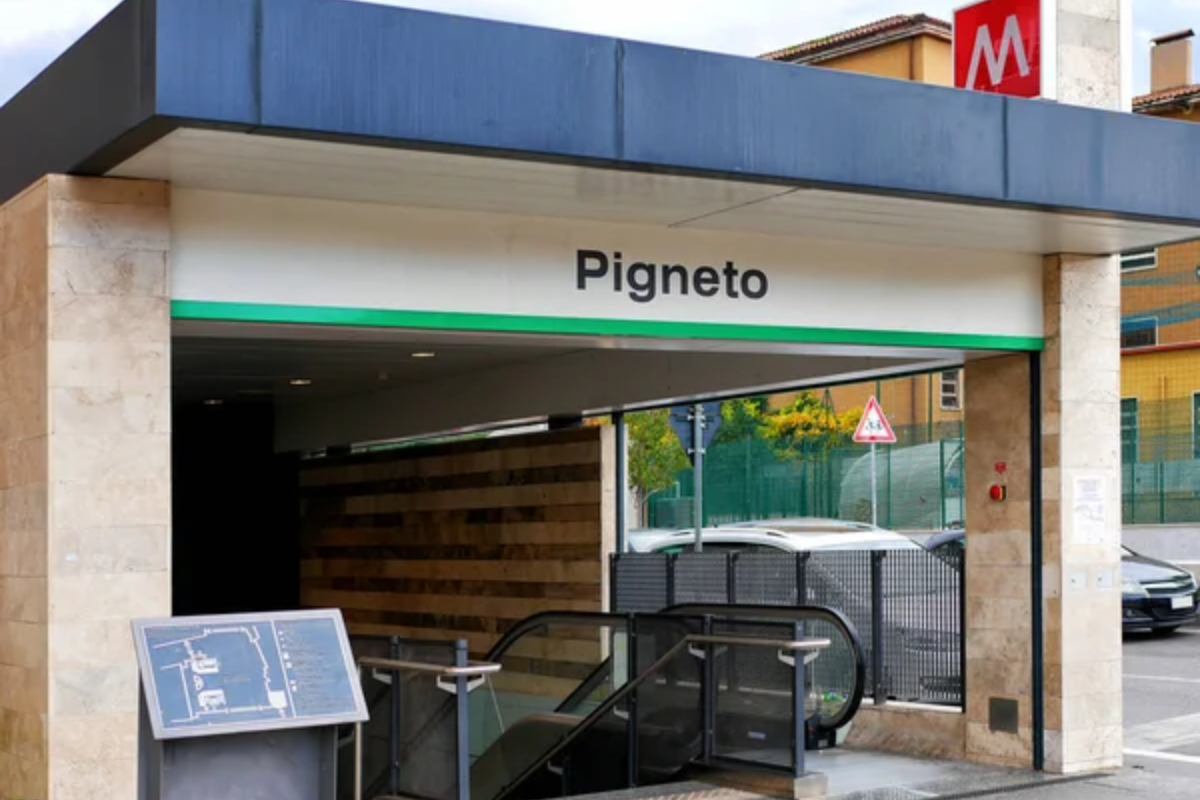
While tourists pack the Spanish Steps and toss coins in the Trevi Fountain, Romans head to Pigneto for evening aperitivos and creative cuisine. This former working-class district transformed into a Bohemian haven, with street art decorating industrial buildings and family-run trattorias serving dishes you won’t find on touristy menus.
The pedestrian-only main street becomes a vibrant social scene after dark.
Belleville in Paris

Paris visitors rarely venture beyond the Seine, missing the multicultural energy of Belleville, where Chinese, North African, and traditional French cultures merge seamlessly. The hilltop Parc de Belleville offers superior views of the Eiffel Tower without the crowds or entrance fees.
Local artists maintain studios throughout the area, continuing the creative tradition that once attracted Edith Piaf and other French cultural icons.
Like Travel Pug’s content? Follow us on MSN.
Red Hook in New York
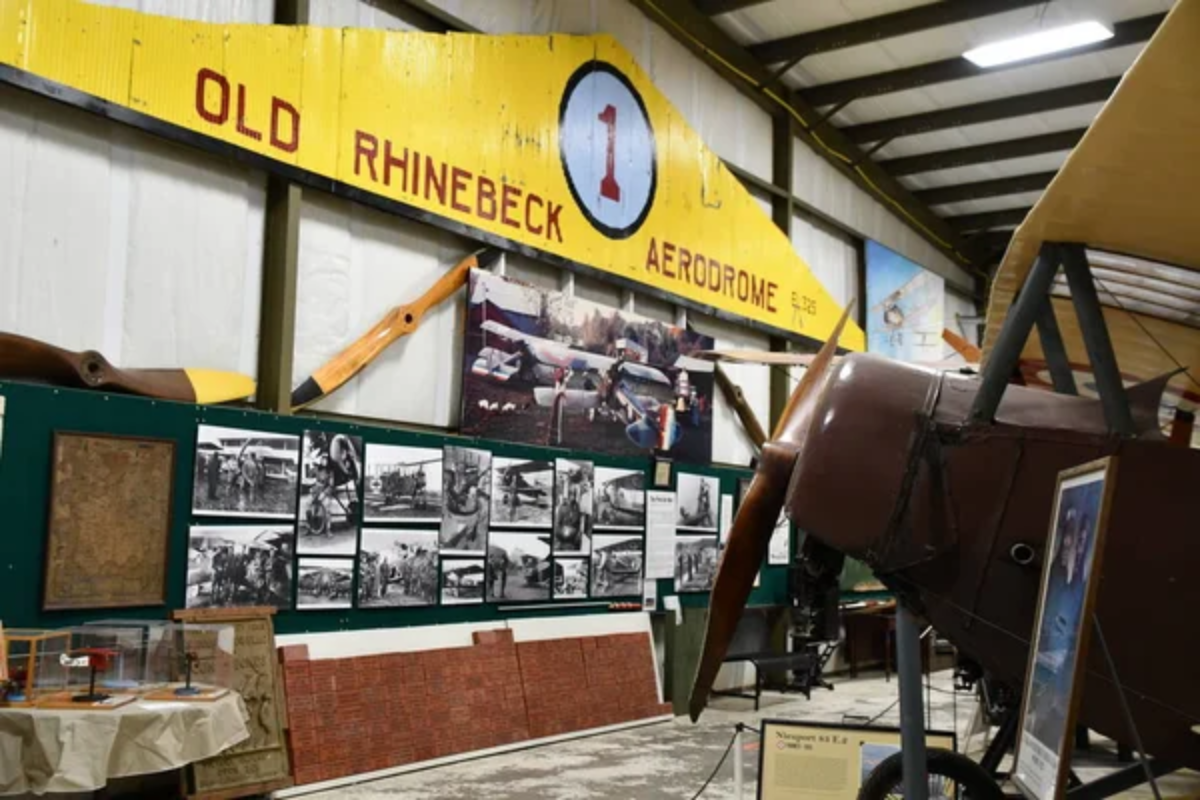
Manhattan’s glittering skyline draws attention away from this waterfront Brooklyn neighborhood with maritime character and remarkable resilience. Accessible primarily by ferry or bus rather than subway, Red Hook maintains a distinct village atmosphere despite being within view of Lower Manhattan.
Artisanal food producers, craft distilleries, and community gardens occupy former industrial spaces along cobblestone streets.
Sants in Barcelona
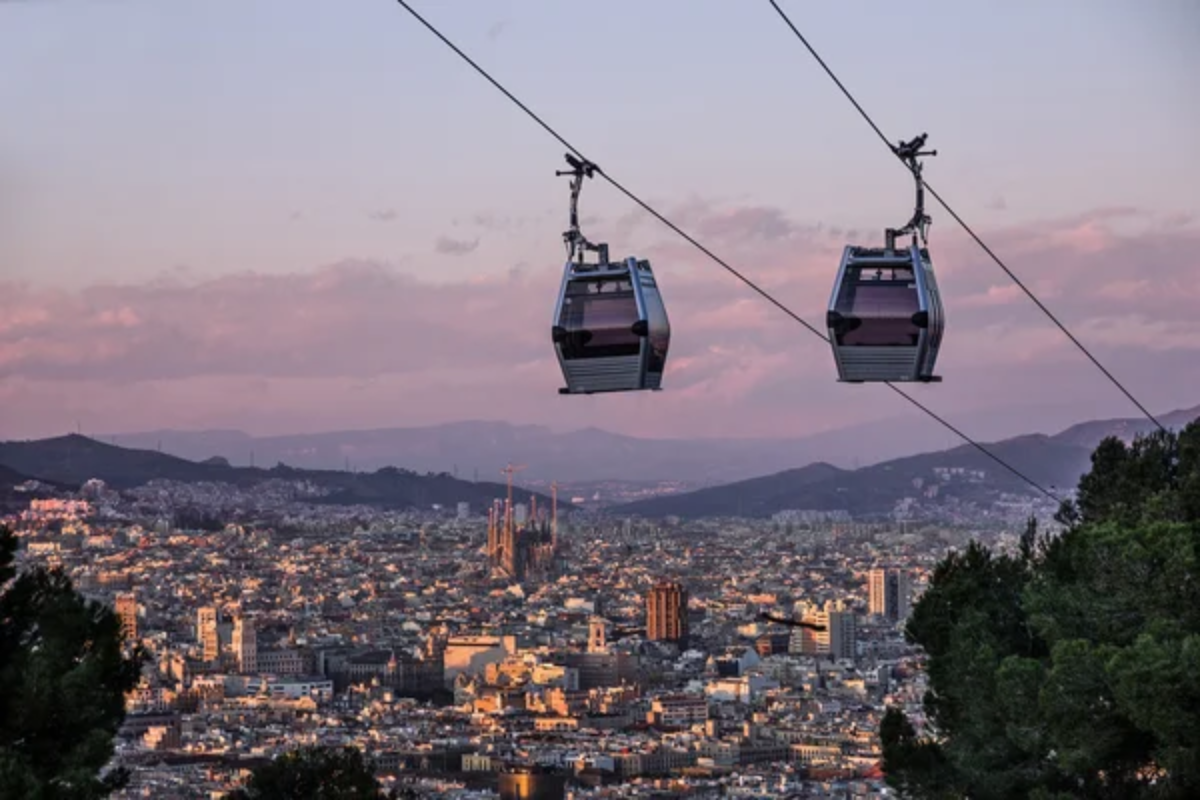
Las Ramblas and Gothic Quarter crowds miss the authentic Catalan experience found in Sants, where local markets and plazas remain largely tourist-free. The renovated Sants Station area combines modernist architecture with comfortable green spaces designed for residents rather than visitors.
Local festivals here feature traditional Catalan customs without the commercial packaging found in more famous Barcelona neighborhoods.
Neukölln in Berlin
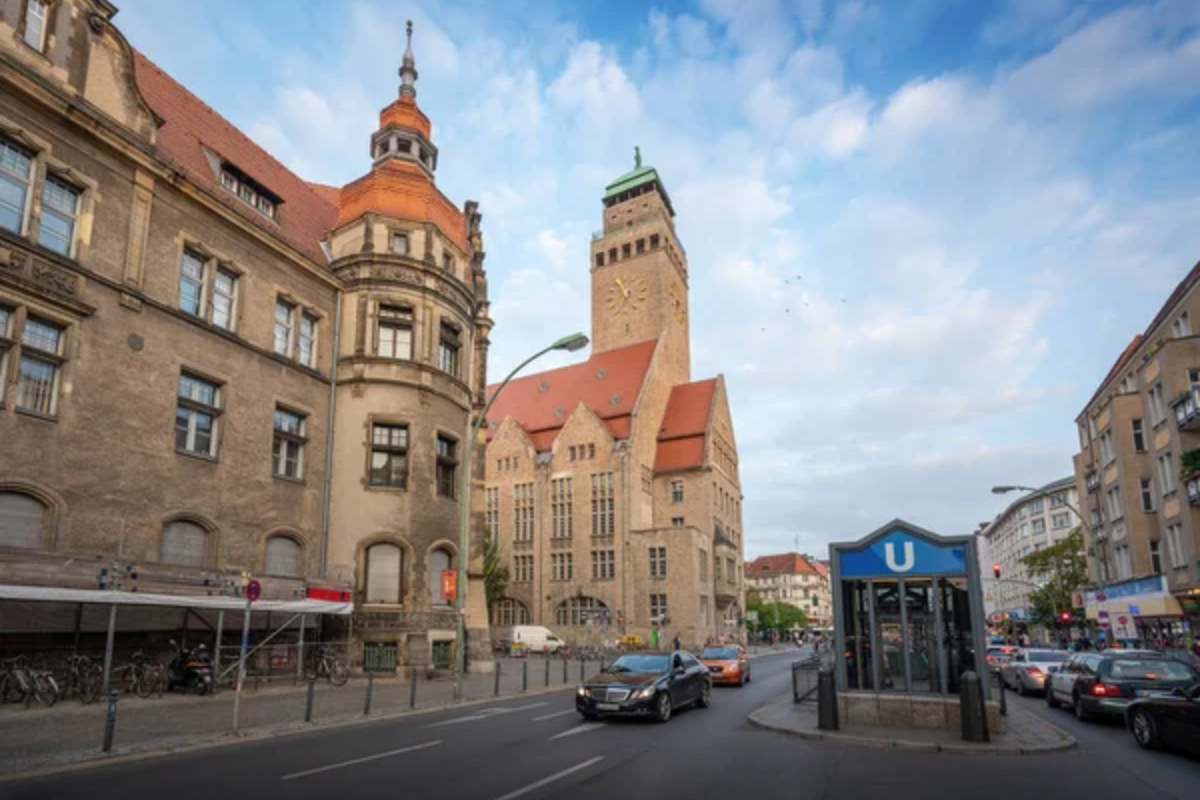
Berlin’s reputation for cutting-edge culture manifests authentically in Neukölln, where Turkish markets, underground music venues, and third-wave coffee shops coexist without the self-consciousness of more famous districts. The canal-side paths provide peaceful urban exploration past community gardens and small-batch breweries established by the creative community that settled here before rising rents pushed them from trendier areas.
Like Travel Pug’s content? Follow us on MSN.
Testaccio in Rome
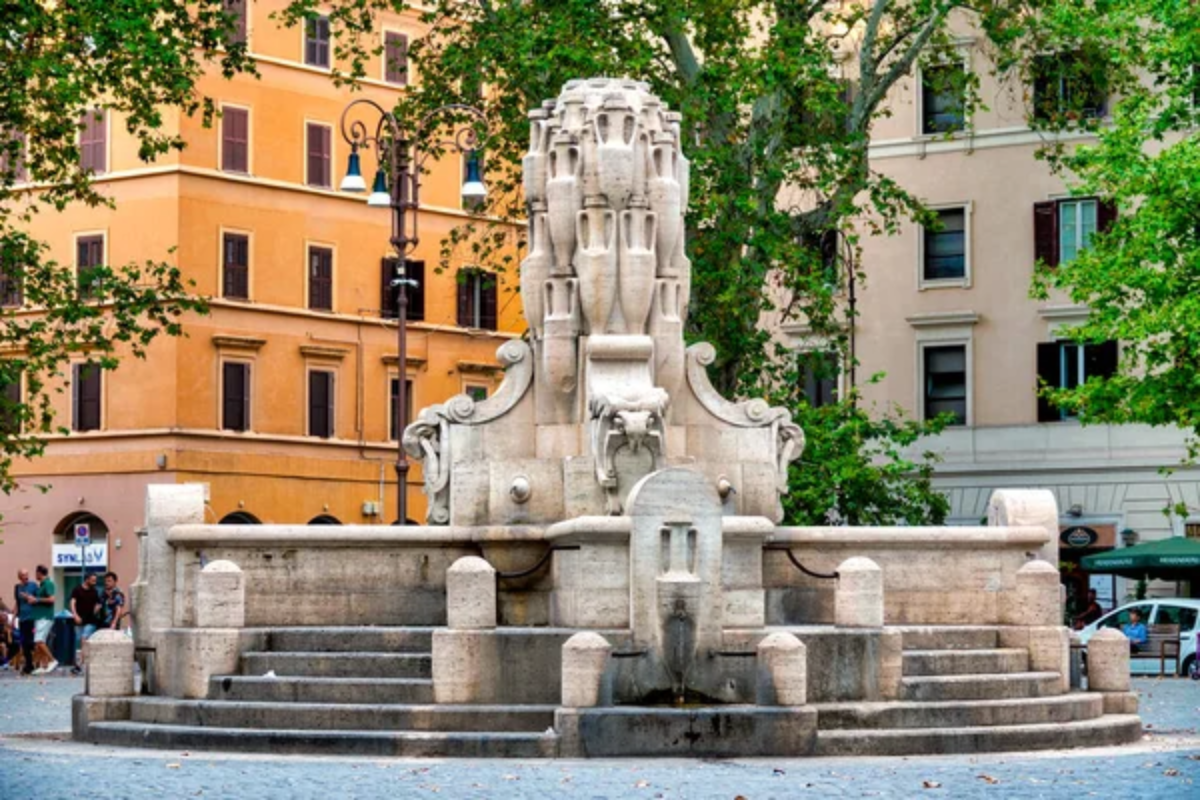
Built upon an ancient Roman pottery dump, this unassuming neighborhood houses Rome’s authentic food culture, where chefs source ingredients from the historic Testaccio Market. The non-Catholic Cemetery provides a peaceful respite containing the graves of poets Keats and Shelley amid beautiful cypress trees.
Evening social life centers around unpretentious enotecas serving local wines rather than overpriced tourist traps.
Shimokitazawa in Tokyo
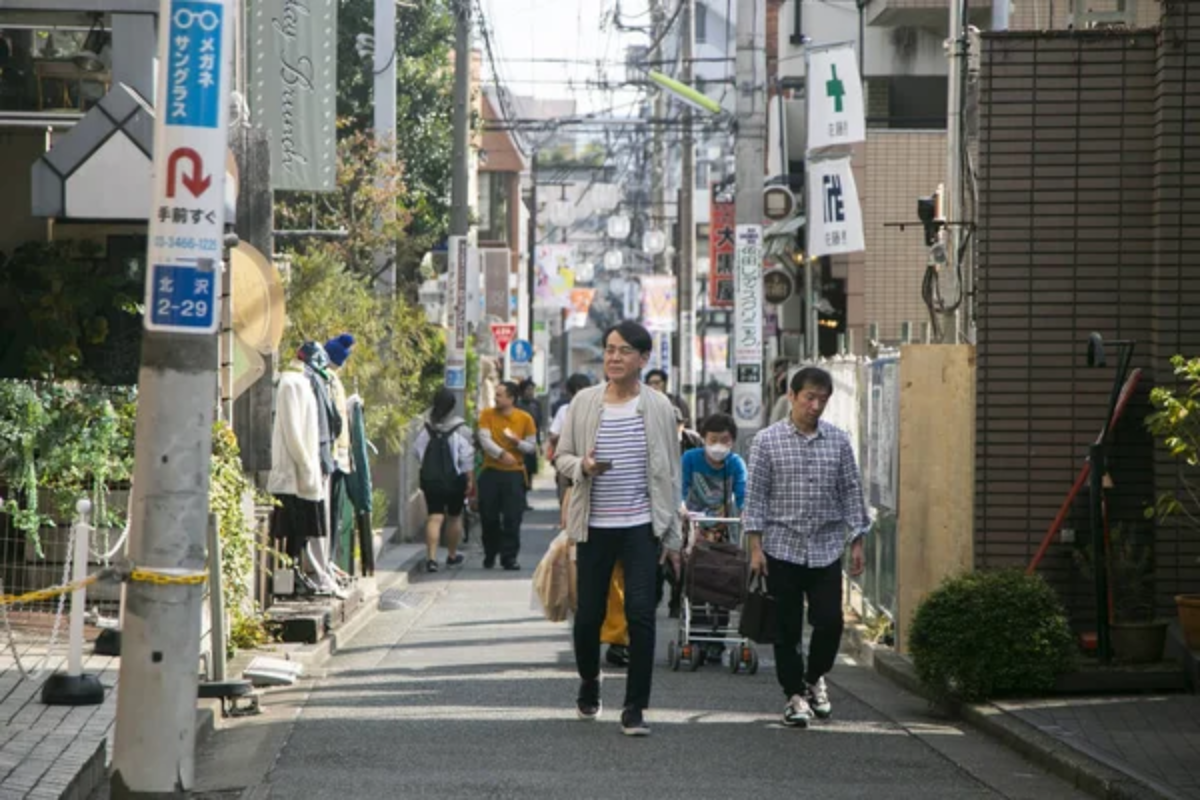
While Shibuya’s crossing draws crowds with its neon and shopping, Shimokitazawa offers Tokyo’s best vintage shopping and independent creative scene in pedestrian-friendly streets. Local musicians perform in intimate venues tucked between decades-old record stores and artisanal coffee roasters.
The neighborhood’s human scale and winding streets create an approachable version of Tokyo that feels manageable compared to the city’s overwhelming commercial districts.
Wynwood in Miami

Miami visitors fixate on South Beach while missing the outdoor museum that Wynwood has become, with warehouse walls transformed into massive canvases by world-class street artists. The former industrial district now houses innovative restaurants alongside galleries showcasing emerging artists from across Latin America.
Monthly art walks transform the streets into vibrant cultural festivals reflecting Miami’s diverse creative communities.
Like Travel Pug’s content? Follow us on MSN.
Södermalm in Stockholm
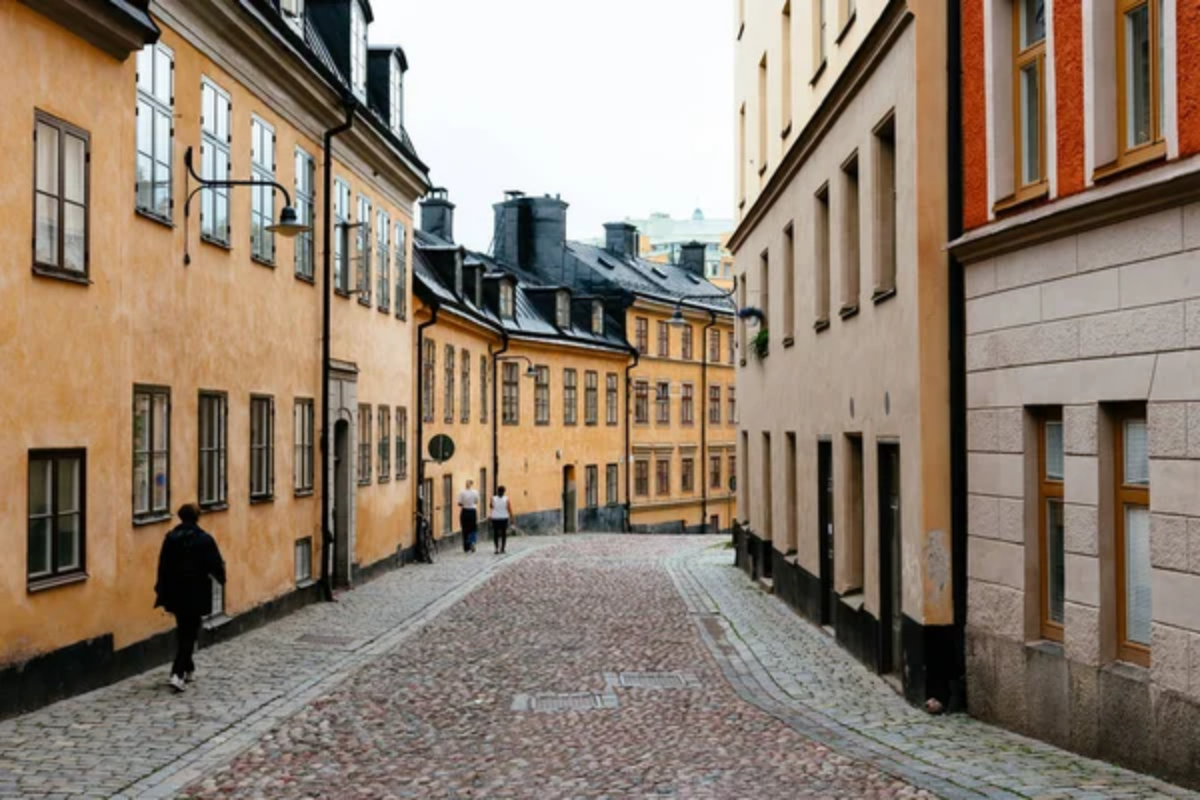
Stockholm’s compact historic center receives all the attention, while Södermalm offers the authentic contemporary Swedish experience across the water. Former working-class housing now contains design studios, concept stores, and innovative restaurants without the royal pageantry of more famous districts.
The hilltop paths along the neighborhood’s edges provide panoramic views across Stockholm’s archipelago landscape.
Newtown in Sydney

Opera House photographs dominate Sydney’s image, while Newtown represents the city’s progressive, artistic soul through independent bookstores, global cuisine, and inclusive community spaces. Victorian-era architecture houses Australia’s most diverse restaurant scene, from Ethiopian to Vietnamese, reflecting the neighborhood’s immigrant heritage.
Street art addresses political and social issues rarely acknowledged in Sydney’s shiny harbor districts.
Kreuzberg in Berlin
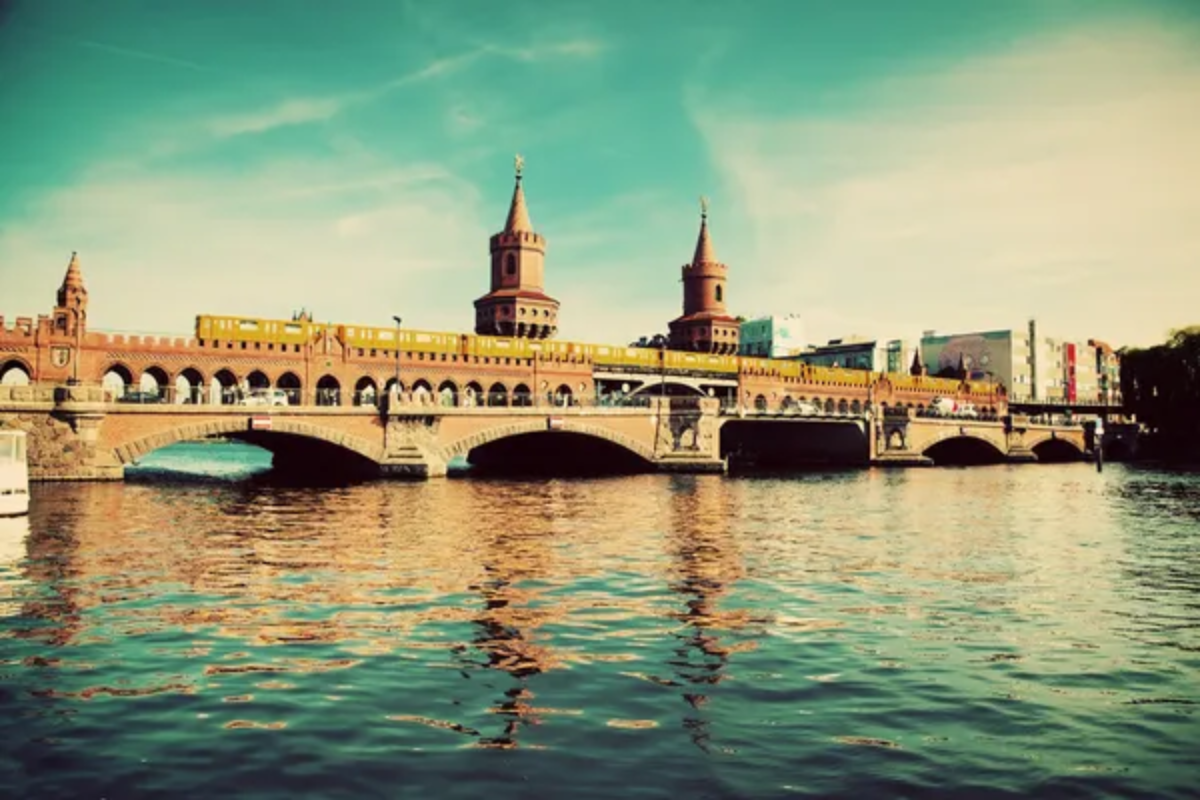
Berlin’s complex history finds authentic expression in Kreuzberg, where Turkish immigrants, artists, and activists created a unique cultural fusion. The weekly market at Maybachufer brings Middle Eastern spices, handmade textiles, and street food to canal-side stalls frequented by locals rather than tourists.
Community gardens and public art reclaim spaces once divided by the Berlin Wall, creating a living museum of urban resilience.
Like Travel Pug’s content? Follow us on MSN.
Ximending in Taipei
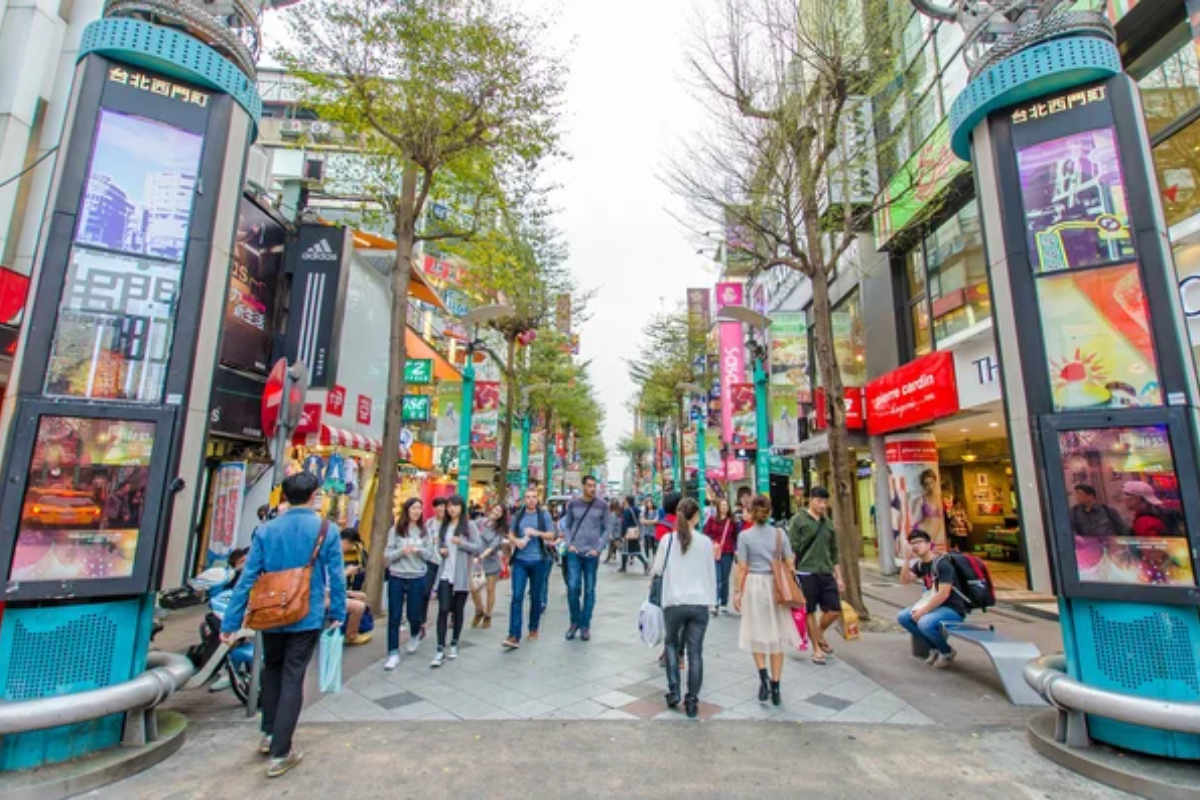
Taipei’s contemporary youth culture thrives in Ximending’s pedestrian-only shopping streets that showcase Taiwanese fashion, music, and cuisine beyond the famous night markets. Historical Japanese colonial architecture houses indie designer boutiques and themed cafés that reflect Taiwan’s unique cultural position between multiple influences.
Street performers transform public squares into impromptu entertainment venues throughout the evenings.
Woodstock in Cape Town
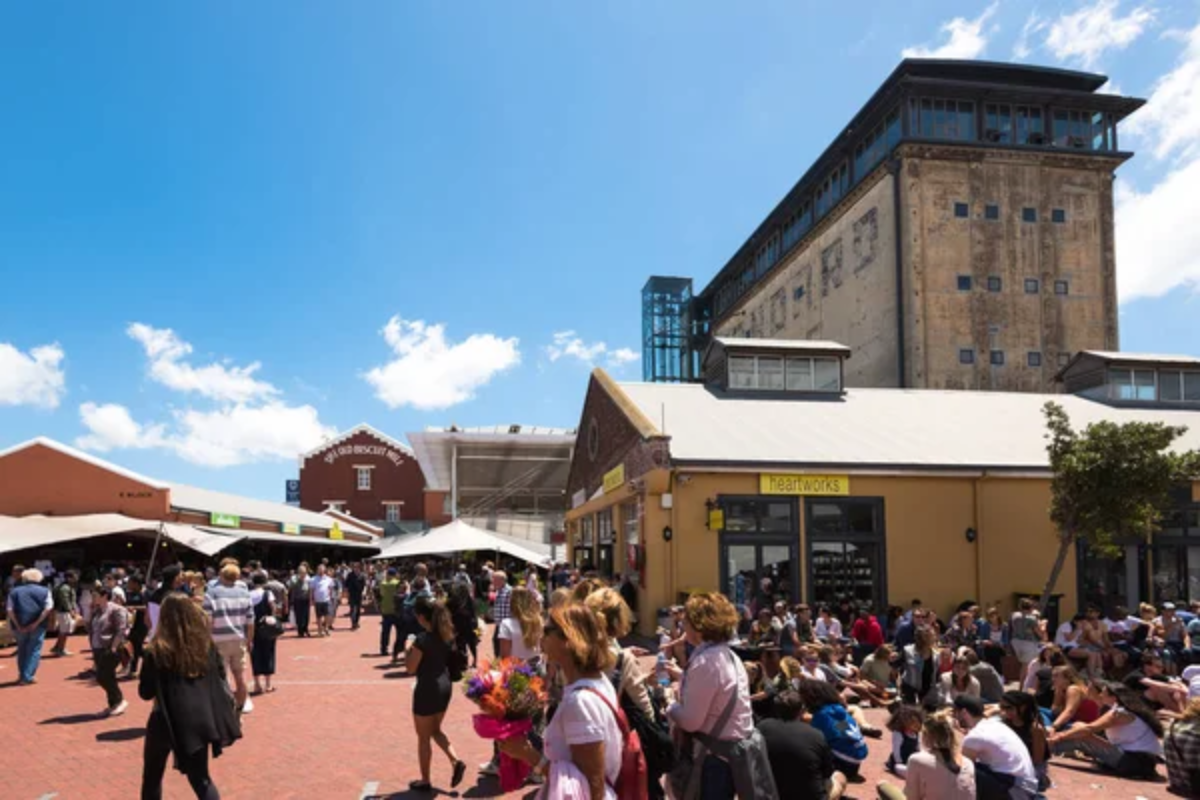
Table Mountain views distract from the creative transformation happening in Woodstock, where colorful murals brighten former industrial buildings now housing design studios and innovative restaurants. Saturday markets bring together diverse communities from across Cape Town’s normally segregated neighborhoods through food, crafts, and music.
Adaptive reuse of historical buildings creates spaces that honor the area’s complex past while embracing creative futures.
Jægersborggade in Copenhagen
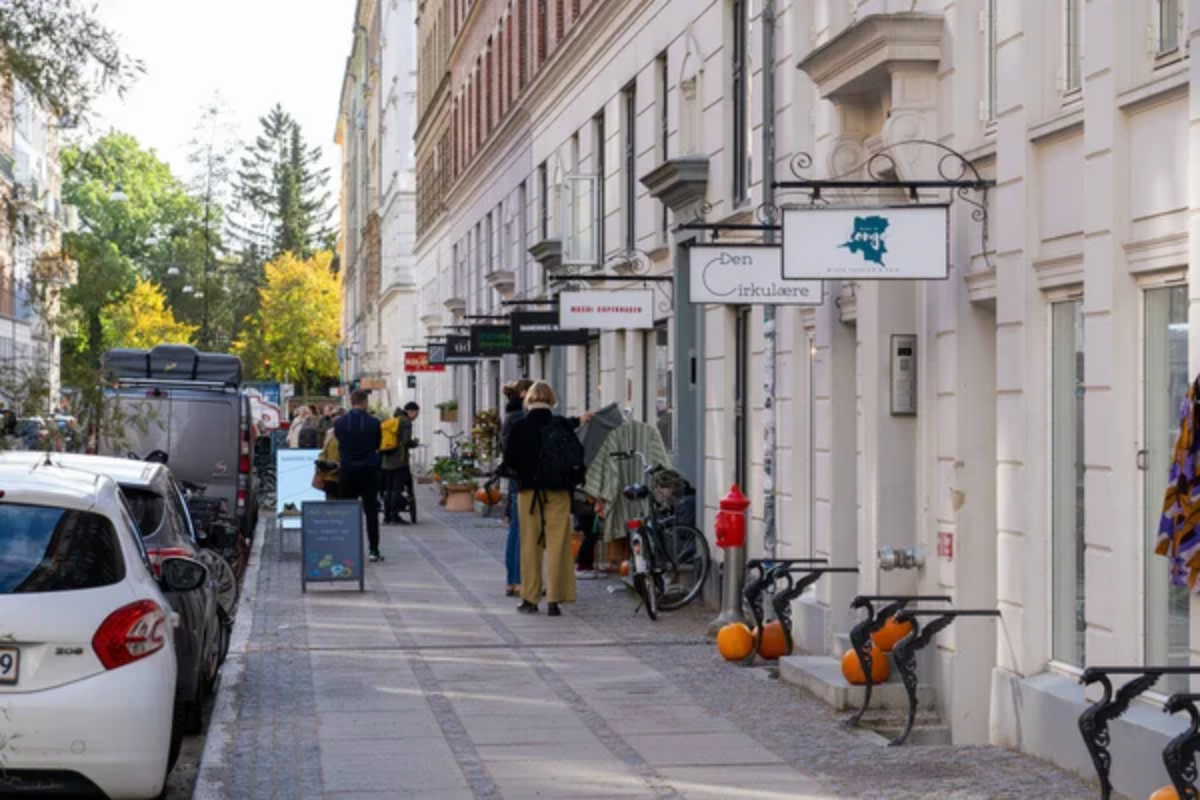
Copenhagen’s picture-perfect historic center receives constant attention, while this single street in Nørrebro contains some of Scandinavia’s most innovative food, ceramics, and design enterprises. The former motorcycle gang headquarters were transformed into a progressive community that showcased Danish creativity and entrepreneurship without the polished tourism veneer.
The street’s renaissance emerged from community activism rather than top-down development.
Like Travel Pug’s content? Follow us on MSN.
Cihangir in Istanbul
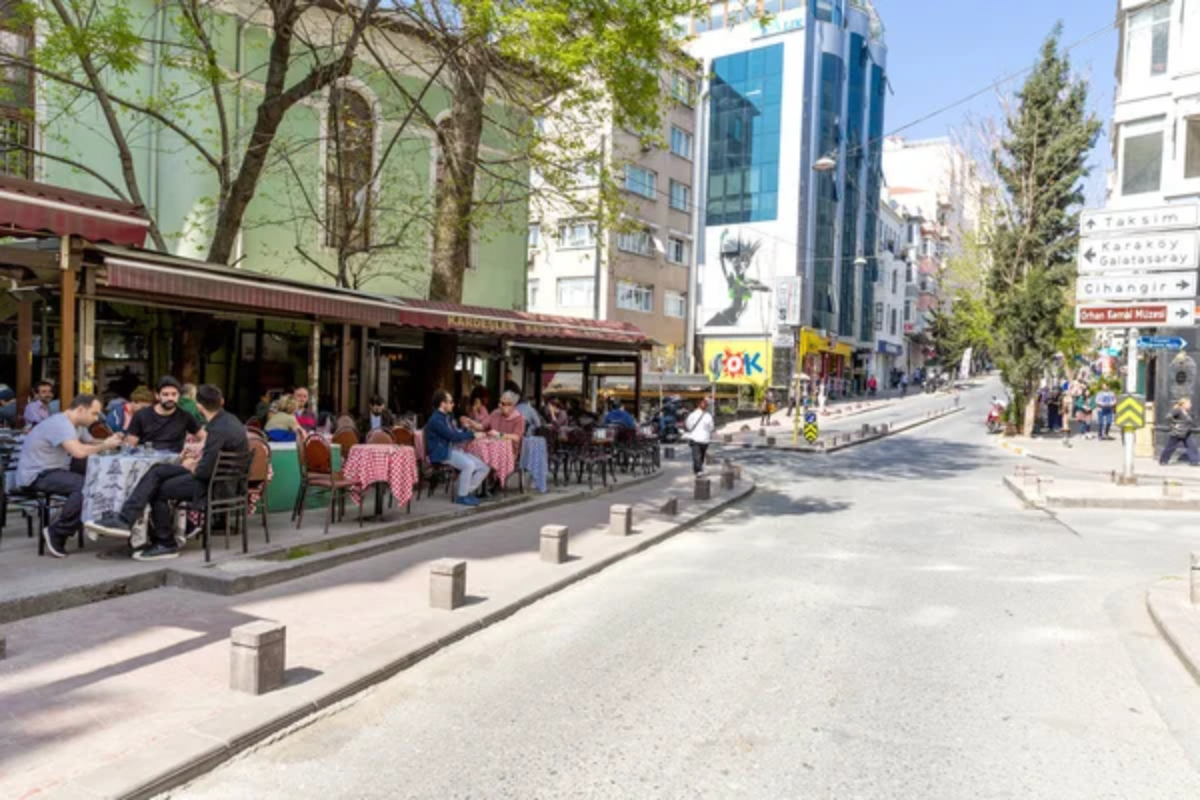
The Bosphorus views and grand bazaar experiences miss Istanbul’s literary and artistic heart in Cihangir’s winding streets and quiet tea gardens. Intellectuals, writers, and filmmakers have shaped this hillside community into a cultural hub with bookshops and cafés hosting informal salons.
The mixed architectural heritage of Greek Orthodox, Jewish, and Turkish influences creates a visual timeline of Istanbul’s diverse history.
Getsemani in Cartagena
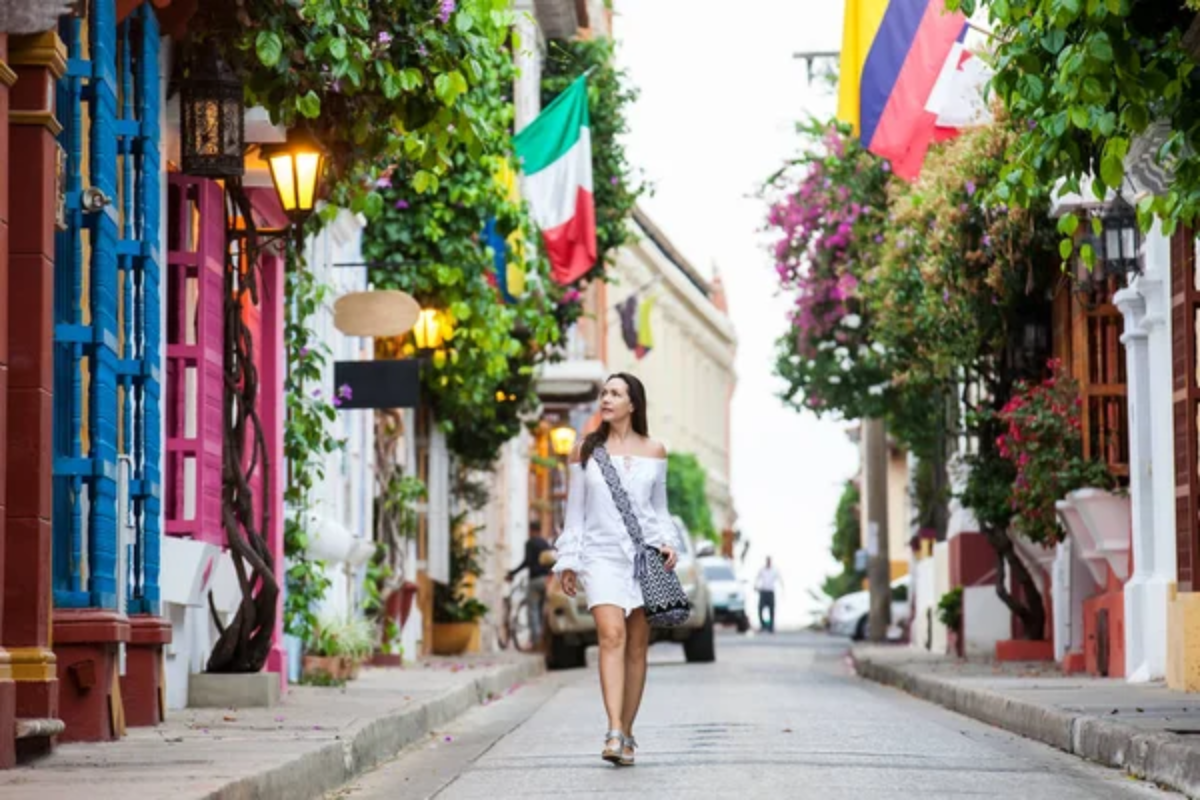
Colonial Cartagena’s walled city attracts photographers, while Getsemani preserves authentic Colombian culture just beyond the tourist zone. Local families still occupy colorful homes and gather in Plaza Trinidad in evenings for impromptu music and dance.
Community-led tourism initiatives ensure visitors experience real Cartagena life while helping preserve the neighborhood against gentrification pressures.
Żoliborz in Warsaw
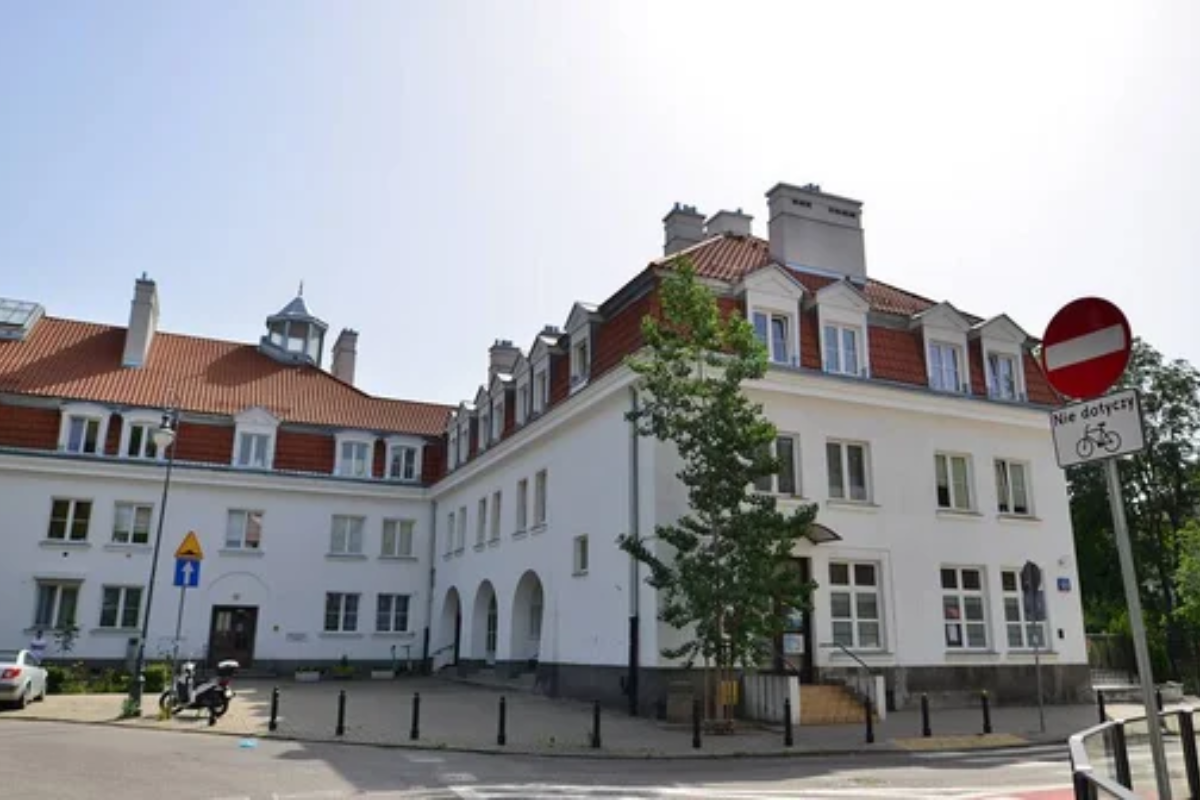
Warsaw’s rebuilt historic center tells a curated version of Polish history, while Żoliborz offers insight into the nation’s architectural and social experiments throughout the 20th century. Modernist housing colonies designed as workers’ utopias now provide peaceful green neighborhoods with community-focused planning.
The area’s resistance history during World War II and communist eras lives on in museums housed in original locations rather than reconstructed tourist attractions.
Like Travel Pug’s content? Follow us on MSN.
Tiong Bahru in Singapore
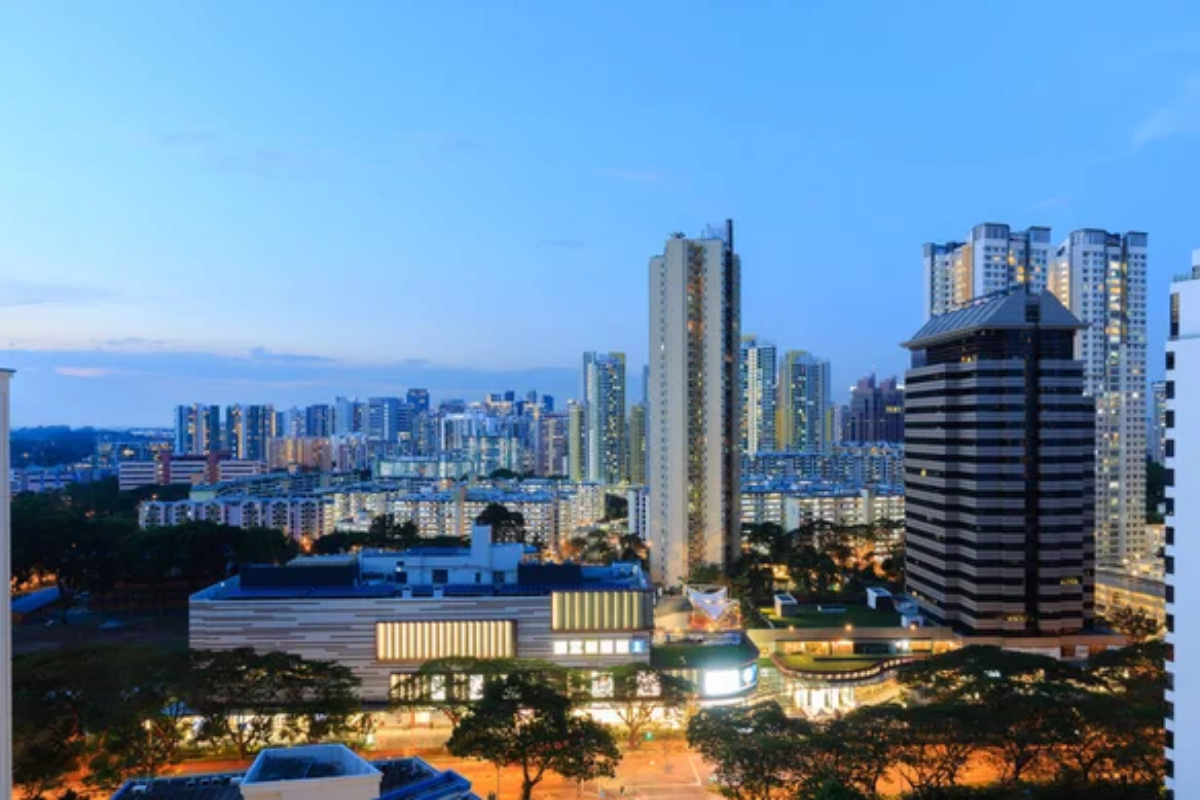
While visitors flock to Singapore’s futuristic Gardens by the Bay, this neighborhood preserves the city-state’s mid-century transition through Art Deco architecture and community-centered planning. The first public housing estate evolved into a cultural destination with independent bookstores, heritage bakeries, and specialty coffee shops occupying spaces built in the 1930s.
Traditional wet markets operate alongside modern concept stores in a balanced approach to development.
Cours Julien in Marseille
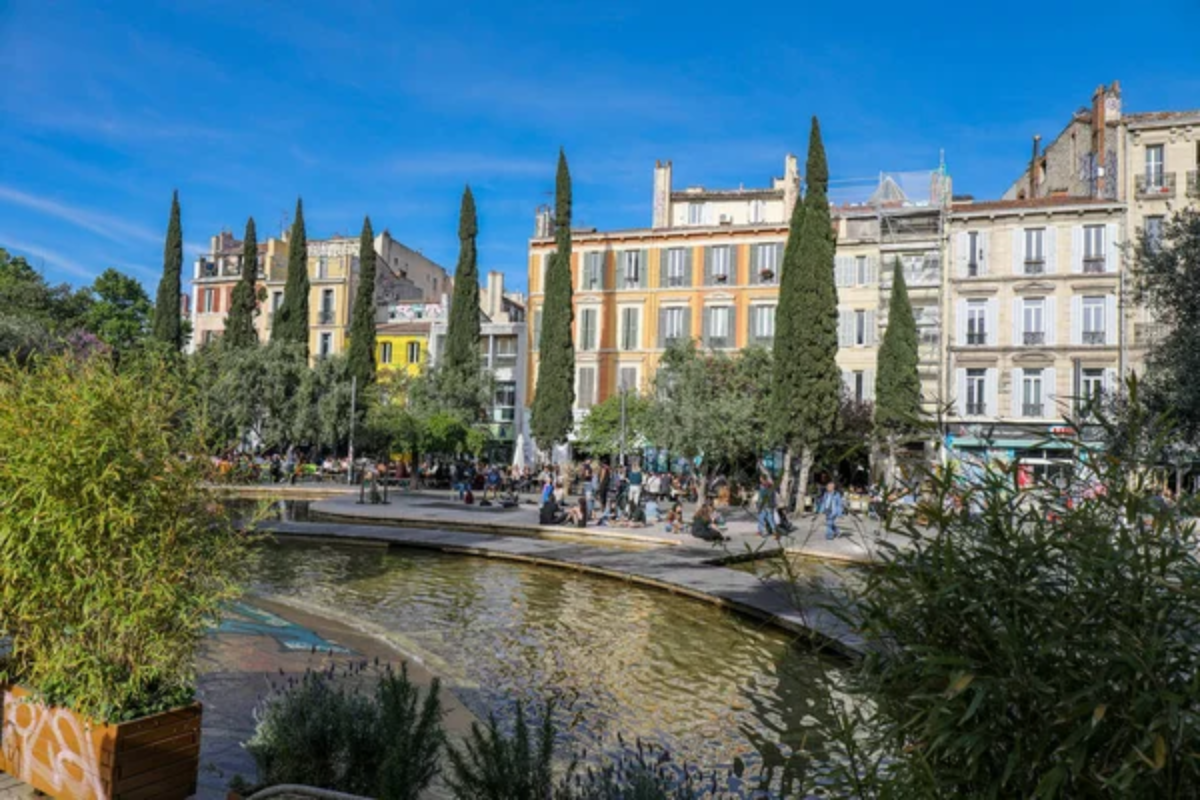
Mediterranean cruise passengers rarely venture beyond Marseille’s renovated port area, missing the authentic multicultural energy of this hillside creative district. Staircases adorned with colorful street art lead to plazas filled with outdoor dining, representing the diverse communities that shaped France’s oldest city.
Weekend markets bring together North African, Corsican, and local artisans in a celebration of Mediterranean traditions.
North Beach in San Francisco

Cable cars carry tourists between familiar San Francisco landmarks while North Beach maintains its Italian heritage and Beat Generation history in independent bookstores and family-run restaurants. Literary landmarks share streets with traditional bakeries and coffee houses that have served the community for generations.
The hill-climbing streets offer unexpected views of the bay while providing a walkable village atmosphere within the larger city.
Like Travel Pug’s content? Follow us on MSN.
Beyond the Tourist Trail
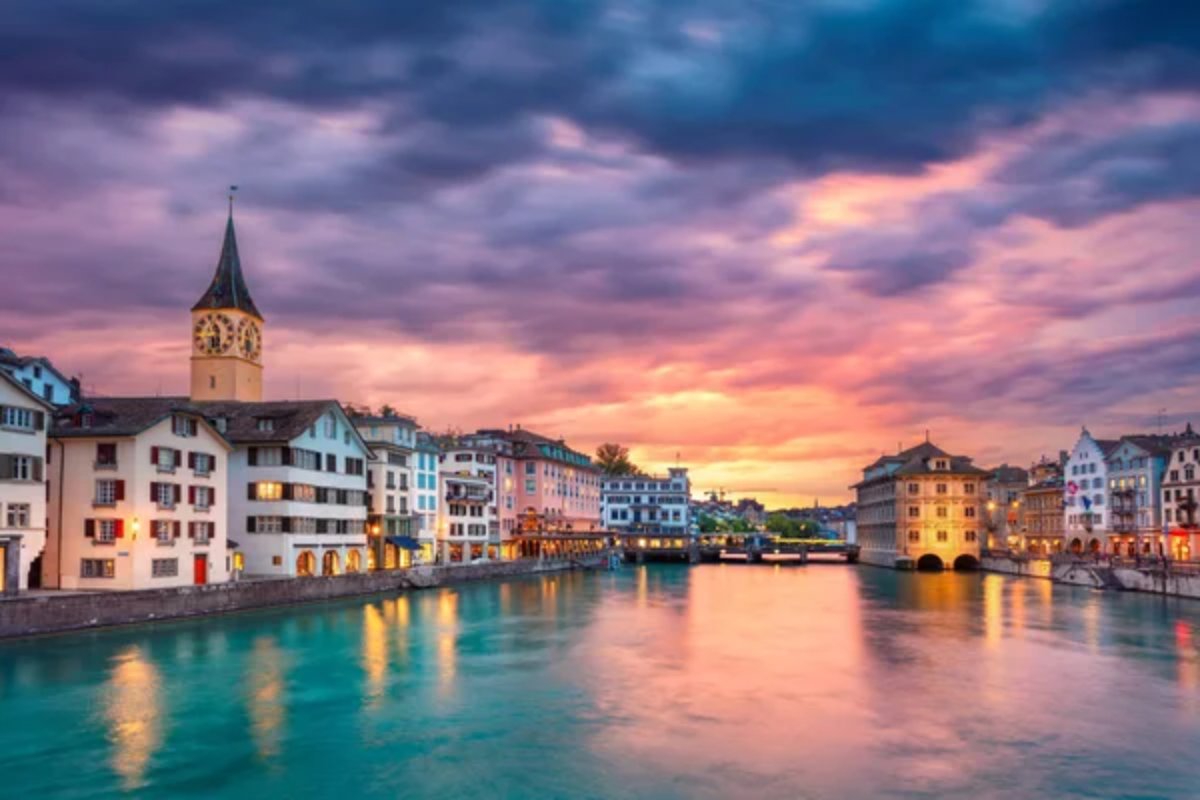
The most memorable travel experiences often happen in neighborhoods that prioritize community over commerce and authenticity over attractions. These overlooked districts represent the living cultures that make their cities truly special beyond the postcard views and must-see landmarks.
By venturing just a few blocks from the crowds, travelers discover the unfiltered city experiences that create genuine connections and understanding. The true pulse of any metropolis beats strongest in the neighborhoods where everyday life unfolds without performing for visitors.
More from Travel Pug

- Cities Growing so Fast You Won’t Recognize Them in 10 Years
- 13 Destinations Where Tourists Regularly Regret Their Trip
- 20 Obscure WWII Sites Even History Buffs Don’t Know About
- 10 Under-the-Radar Mountain Towns That Are Both Affordable and Beautiful
- 20 Abandoned Places That Feel Like Real-Life Post-Apocalyptic Movie Sets
Like Travel Pug’s content? Follow us on MSN.
